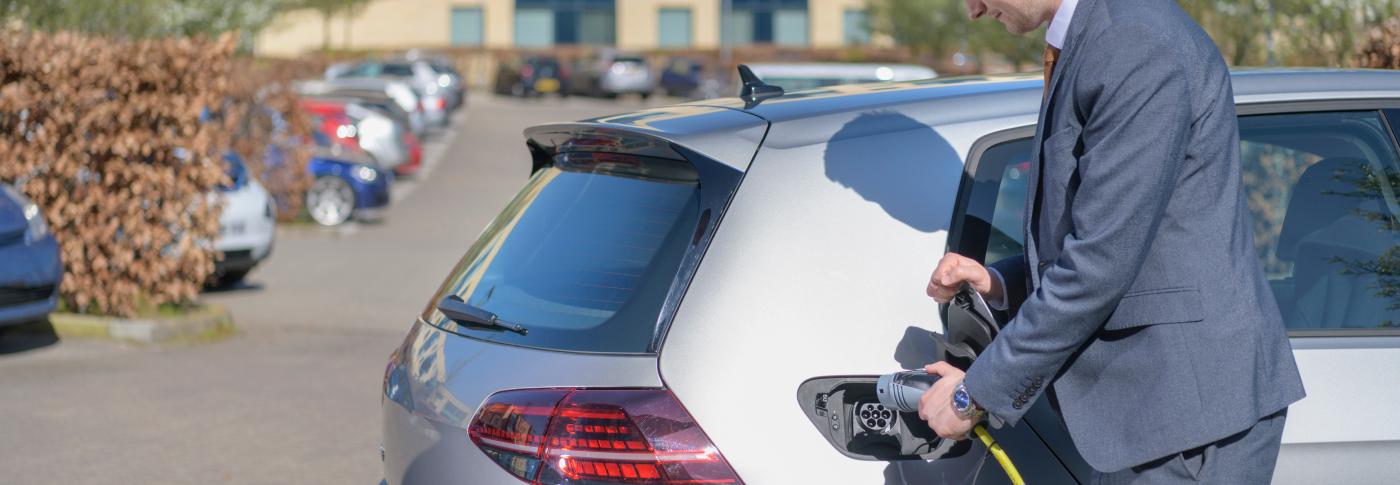
Can Electric Vehicles help to de-carbonise the electricity system?
1 Jul 2020 - 3 minute read
Our Future Energy Scenarios (FES) represent a range of different, credible ways to decarbonise our energy system as we strive towards the 2050 net zero target.
2020 FES is due to be published later this month. In this blog Archie Corliss, one of our team of analysts behind FES, looks back at the 2019 report and one of it's key messages - electric vehicles can help decarbonise both transport and electricity supply for Great Britain.
Transport is clearly a major area of change in the energy system. As take-up of electric cars increases, this shifts energy demand from oil (to produce petrol and diesel) to electricity (to charge car batteries). When combined with the decarbonisation of the electricity system, we’ll see carbon emissions from transport reduce dramatically. This shift increases demand on the electricity system and may present additional challenges depending on when and where these vehicles are charged.
One of the key messages from FES 2019 was that electric vehicles can help decarbonise both transport and electricity supply for Great Britain.
This is both via reduced tailpipe emissions and due to the flexibility, that EV batteries can offer to the electricity system. They offer a source of untapped flexibility that can provide significant benefits to the GB energy system.
The challenge of meeting a net zero carbon emissions target for the UK is substantial and will require transformation across the economy. Within the energy sector the growth in renewable generation and decline in traditional dispatchable generation such as coal and gas plants represent a significant change.
This may lead to times of oversupply of renewable generation at times of low demand and challenges in meeting peak demands when renewable generation output is low as the power sector decarbonises. There will therefore be greater need for flexibility services that can help manage the variability of generation on the system.
Demand will likely change as the transport sector is electrified. If all consumers charge at times of existing peak demand this will require significant and costly reinforcement of the electricity networks to facilitate this. However, the use of smart charging and V2G technology means electric vehicles can instead provide flexibility and help to integrate a higher level of renewable generation on the network through load shifting to times of oversupply. This amplifies the positive impact of electric vehicles on decarbonisation.
As higher capacities of renewable generation are required to meet the same annual demand as thermal generation like gas or coal, if wind and solar output is high at periods of low demand there is a risk of oversupply.
FES 2019 modelling suggests that electric vehicles being charged with smart technology or responding to vehicle-to-grid could reduce additional network peak demand from electric vehicles by over 90% in 2050 in our Community Renewables scenario.
They could also enable the storage of roughly 20% of GB’s solar generation for when this energy is needed. In 2030, smart charging to shift demand from evening peaks to times of renewable oversupply could result in a 7.3% reduction in renewable generation curtailment, this could increase further by 2050.
We’re well placed to understand these potential changes through our management of the electricity system and our annual Future Energy Scenarios publication. Our ambition is that, by 2025, we will have transformed the operation of the electricity system such that we can operate it safely and securely at zero carbon whenever there is sufficient renewable generation online and available to meet the total national load.
Review the article in full in the Johnson Matthey Technology Review here
